International
Two laws in force in Bolivia since 2014 allowed the marriage of 487 girls and 4,804 adolescents
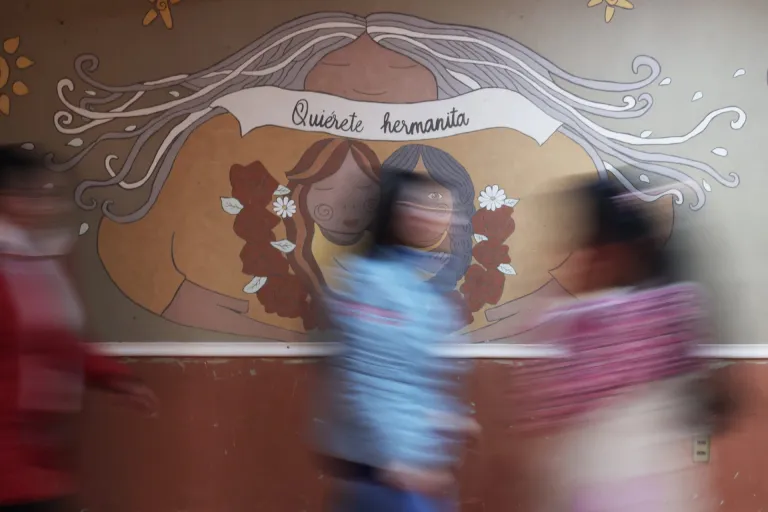
Two laws in force in Bolivia guarantee that girls and adolescents up to the age of 17 marry males of legal age, which, according to complaints from human rights defenders of the Andean country, exposes them to sexual abuse, abandonment and unwanted pregnancies.
A recent report by the Ombudsman’s Office revealed that since 2014 the Bolivian State registered 487 marriages of girls and 4,804 links of adolescents, all with the consent of the parents of the minors.
These figures alarm Ariel Ramírez, director of the Munasim Kullakita Foundation (‘quiérete sirta’, in the Aymara language), who works on the problem of human trafficking, pimping, child pornography and sexual exploitation.
“We have forced unions, violations that become conciliations with the aggressor and reach marriage, or cases of rape that become marriages by conciliation. Behind these data we do not see the damages that are generated against the girls nor do you see the future problems they are going to suffer,” he told EFE Ramírez.
The legality of these marriages is based on Law 996 ‘Family Code’, which dates from 1988, and Law 603 ‘Code of Families and the Family Process’, promulgated in 2014.
The first rule states that women “before the age of 14 cannot marry,” but then indicates that “the judge can grant age waiver for serious and justified reasons.”
The second says that exceptionally, marriage can be constituted “at the age of 16, provided that there is the written authorization of those who exercise parental authority.”
“These records date back approximately 10 years and the legal regulations at the time allowed those exceptions to carry out those marriages with parental consents,” the national director of the Civic Registry Service (Sereci), David Dávila, confirmed to EFE.
Given the number of marriages registered in 10 years, Dávila said that it is worrying and that although marriages have been reduced in recent years, they still occur.
“Behind these issues of forced unions there is a total detachment from the State. We have had two cases of girls who were sexually exploited by their husbands. One of them took his friends to his house,” said the director of Munasim Kullakita.
According to Ramírez, among the short or long-term consequences is the abandonment of the husband when the adolescent is pregnant or the removal of relatives after getting married, which leaves the minors more vulnerable.
“I had to get together, I had no other choice, my family left me,” said a teenager interviewed by the Ombudsman’s Office, when asked why she got married.
“It was evident that many, when forced to marry, left their family environment to live with their husband’s family, which implies situations of physical, psychological or sexual violence,” the Ombudsman’s Office concluded in its report “Interrupted Dreams.”
“My father forced me” or “they forced me to marry” reflect the null consent that existed in these marriages, “forcing a girl or adolescent to assume roles of wife at a young age and for those who are not physically, psychologically or sexually prepared,” the institution said.
From the Sereci they reported that among the cases they received is that of a 15-year-old teenager who was taken by her parents to a notary’s s Office to marry a 78-year-old neighbor.
“When the civil registrar saw that age difference, he asked the girl if he agreed and she replied no, that her parents took her and then it was known that the reason for the marriage was an economic matter, her parents had debts,” the source who preferred not to identify himself told EFE.
The marriage was not registered because the teenager’s parents were convinced to suspend it.
According to the Sereci registry, in the eastern region of Santa Cruz there is the largest number of marriages of girls and adolescents. It is followed by the central department of Cochabamba and La Paz.
The investigations of the Munasim Kullakita Foundation agree that some parents take their daughters to marry adult boys because they abused them and became pregnant, or for an economic arrangement.
Ramírez emphasized that in the absence of State protection, which translates into the absence of children’s defenders and sexual and reproductive education policies, measures must be taken from all levels of the Government so that this problem comes to light.
International
Chile enters runoff campaign with Kast leading and Jara seeking a last-minute comeback
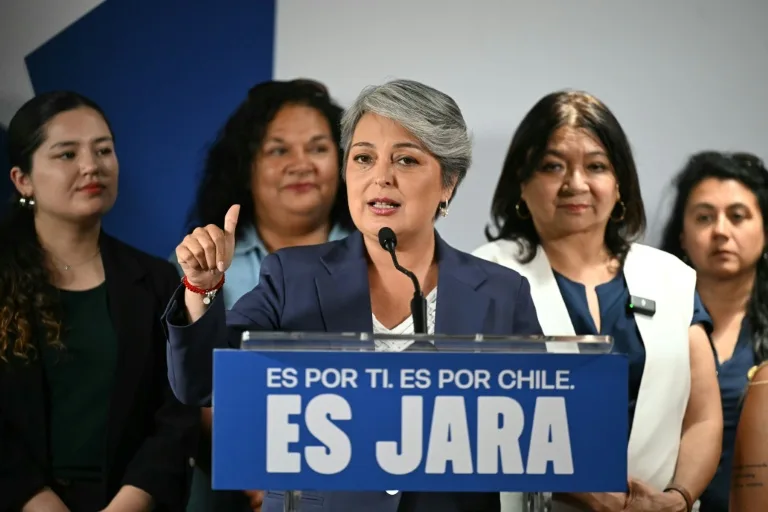
Chile’s presidential runoff campaign for the December 14 election kicked off this Sunday, with far-right candidate José Antonio Kast entering the race as the clear favorite in the polls, while left-wing contender Jeannette Jara faces an uphill scenario, hoping for a comeback that some experts describe as “a miracle.”
The final polls released in Chile—published before the mandatory blackout on survey dissemination—give Kast, an ultraconservative former lawmaker running for president for the third time, a lead of between 12 and 16 points. His opponent, the communist former minister in Gabriel Boric’s current administration, is weighed down not only by the government’s low approval ratings but also by a fragmented electorate.
Although Jeannette Jara received the most votes in the first round with 26.9%, her lack of alliances beyond the left makes it difficult for her to expand her support. Kast, who secured 23.9%, has already brought key figures on board: ultralibertarian Johannes Kaiser (13.9%) and traditional right-wing leader Evelyn Matthei (12.4%), both now backing his candidacy.
Analysts note that although Kast’s support base consolidates more than 50% of the electorate, it does not guarantee an automatic transfer of votes. Populist economist Franco Parisi, who placed third with 19.7%, emerges as the major wildcard. His party, the People’s Party (PDG), is set to decide this Sunday through an internal consultation whether to endorse one of the two finalists.
International
Trump says asylum decision freeze will remain in place “for a long time”

U.S. President Donald Trump warned on Sunday that the suspension of decisions on asylum applications—implemented as part of his order to “halt” immigration from third-world countries following Wednesday’s shooting in Washington—will remain in effect “for a long time.”
The president declined to specify how long the freeze, imposed last Friday by the U.S. Citizenship and Immigration Services (USCIS), would last. The suspension affects individuals waiting for an asylum ruling from that agency, though it does not apply to cases handled by U.S. immigration courts.
The delay is part of a series of measures enacted by the Trump Administration after a shooting on Wednesday in which an Afghan national allegedly opened fire on the National Guard in Washington, D.C., killing one officer and leaving another in critical condition.
Trump has ordered a permanent halt to immigration from 19 countries classified as “third-world.” He also indicated on Sunday that “possibly” more nations could be added to the list.
“These are countries with high crime rates. They are countries that do not function well… that are not known for success, and frankly, we don’t need people from those places coming into our country and telling us what to do,” Trump said, adding: “We don’t want those people.”
USCIS had already announced on Thursday a “rigorous review” of green cards held by migrants from 19 “countries of concern,” including Afghanistan, Cuba, Venezuela, and Haiti.
International
Sri Lanka and Indonesia deploy military as deadly asian floods kill over 1,000
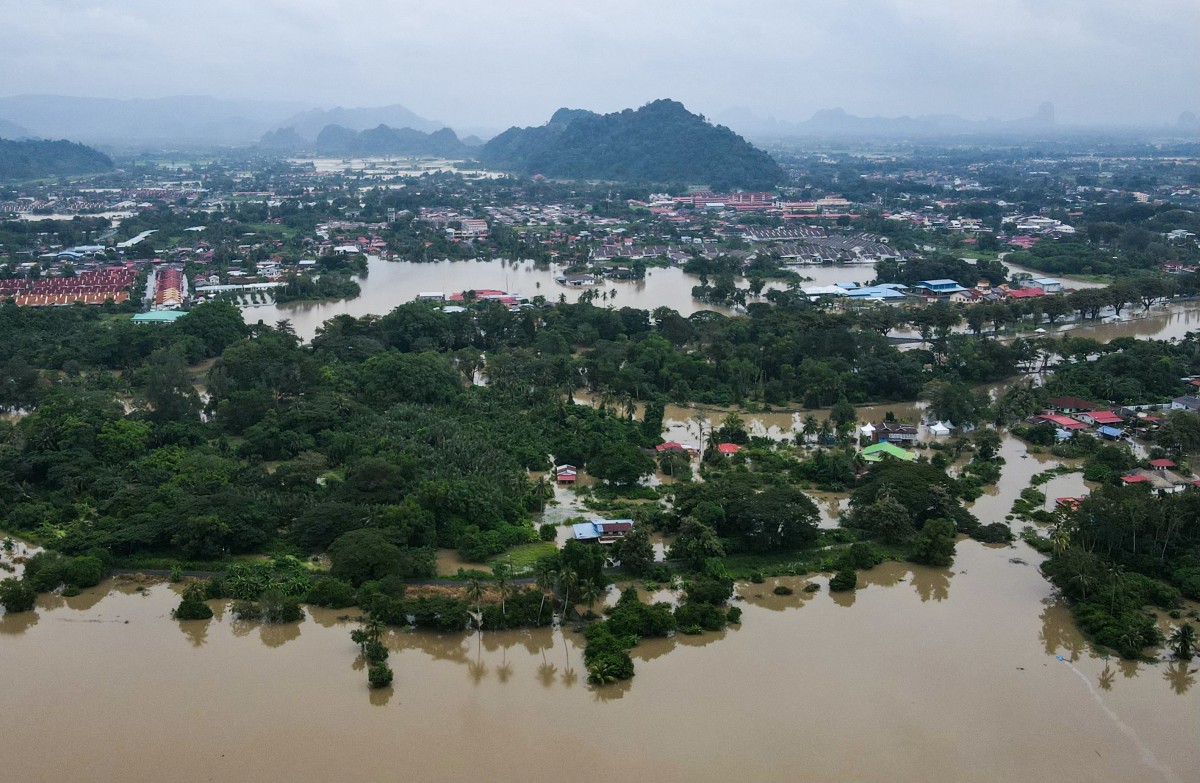
Sri Lanka and Indonesia deployed military personnel on Monday to assist victims of the devastating floods that have killed more than a thousand people across Asia in recent days.
A series of weather events last week triggered prolonged torrential rains across Sri Lanka, parts of Indonesia’s Sumatra island, southern Thailand, and northern Malaysia. Indonesian President Prabowo Subianto said Monday in North Sumatra that “the priority now is to deliver the necessary aid as quickly as possible.”
“There are several isolated villages that, with God’s help, we will be able to reach,” he added. Subianto also stated that the government had deployed helicopters and aircraft to support relief operations.
Floods and landslides have claimed 502 lives in Indonesia, with a similar number still missing.
This marks the highest death toll from a natural disaster in Indonesia since 2018, when an earthquake and subsequent tsunami killed more than 2,000 people.
The government has sent three military ships carrying aid and two hospital vessels to the hardest-hit regions, where many roads remain impassable.
In the village of Sungai Nyalo, located about 100 kilometers from Padang, the capital of West Sumatra, floodwaters had receded by Sunday, leaving homes, vehicles, and crops coated in thick mud.
-

 Central America3 days ago
Central America3 days agoTrump Pardons Former Honduran President Hernández and Warns of Aid Cuts Ahead of Election
-
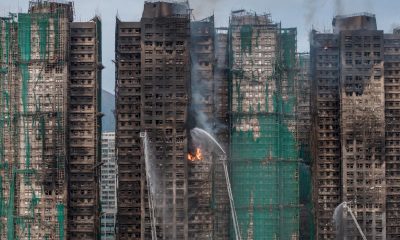
 International1 day ago
International1 day agoHong Kong police arrest 13 over deadly high-rise fire that killed 151
-
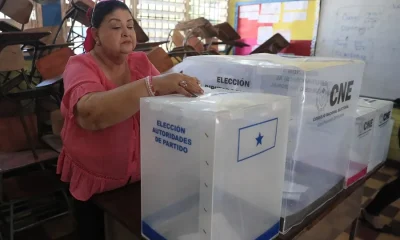
 Central America2 days ago
Central America2 days agoHonduras Extends Voting by One Hour Amid High Turnout, CNE Announces
-
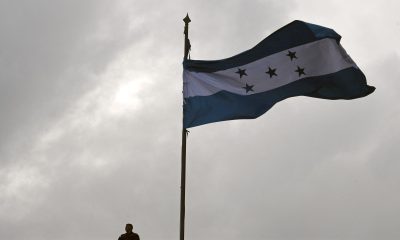
 Central America2 days ago
Central America2 days agoHonduras’ China–Taiwan Future Hinges on Sunday’s Presidential Election
-

 International3 days ago
International3 days agoMeta Says Russia Seeks to Ban WhatsApp for Defending Secure Communication
-
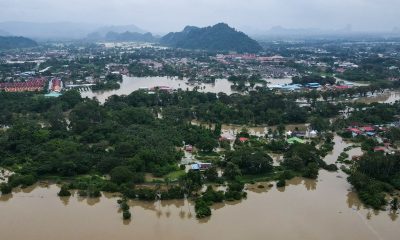
 International1 day ago
International1 day agoSri Lanka and Indonesia deploy military as deadly asian floods kill over 1,000
-

 International1 day ago
International1 day agoTrump says asylum decision freeze will remain in place “for a long time”
-
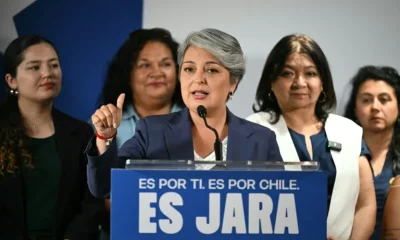
 International1 day ago
International1 day agoChile enters runoff campaign with Kast leading and Jara seeking a last-minute comeback






























